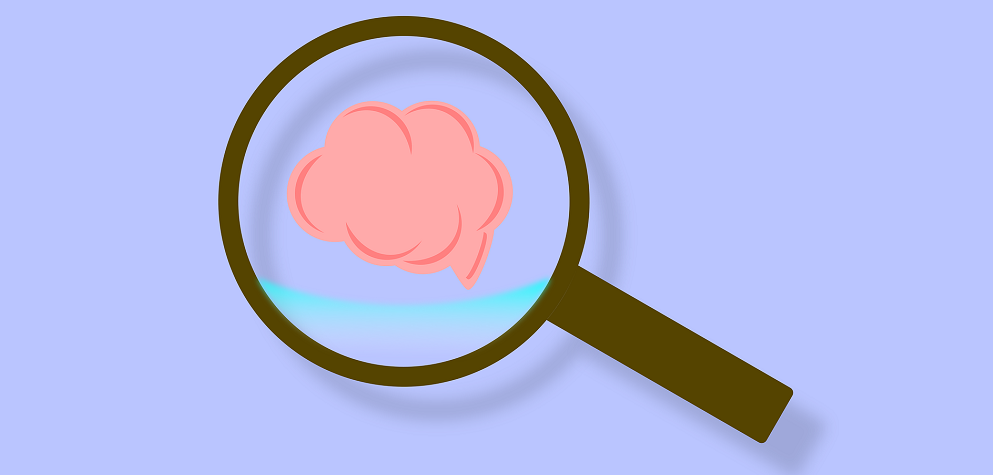People Impacted by Epilepsy Enable Discoveries in the Brain that have Implications for All Neurological Disease

Epilepsy News From: Tuesday, May 02, 2017
About 1 in 3 people living with epilepsy do not have seizure control because no available treatment works for them. This staggering number has not changed in decades, despite over 15 new therapies for epilepsy entering the market since the 1990s. This problem is why the Epilepsy Foundation launched the Epilepsy Innovation Institute (Ei2). Ei2 is an innovation incubator - ready to tackle creative, high-risk projects and get new ideas to help create cures and save lives.
Contributing to Knowledge About the Brain
Epilepsy is a common neurological condition characterized by recurrent seizures. A seizure is essentially a brain network problem. Anything that can disrupt how the brain works - from genetics to brain injury and inflammation to metabolism - can contribute to a seizure. The severity, manifestation, and frequency of seizures depends on where and how the problem in the brain network occurs. If we can understand this, then we understand the brain.
It is no wonder that many of the great scientific brain discoveries happened with the help of people living with epilepsy. One example of their invaluable contributions is the data that is gathered before epilepsy surgery.
- When seizures don’t respond to medication, it is sometimes possible for brain surgeons to remove an area of the brain that is causing the brain network to seize. Prior to the surgery, doctors evaluate whether someone is a good candidate for surgery by placing electrodes in the brain to record when and where seizures occur. This helps to localize the beginning of a seizure and see if surgery may be possible. For decades, these pre-operative procedures have informed scientists and medicine about what the brain can do.
- In the 1950s, Wilder Penfield (a leader in epilepsy research and care) would map out the brain during epilepsy surgery to lessen the risks associated with removing a piece of brain during the surgery. He noticed that if he stimulated a specific area of the brain, different parts of the body would move. For example, one area would trigger a shoulder twitch, an elbow to move, or a hand to shoot up depending on the location of the brain stimulation. Another area elicited hallucinations or other sensations. One patient famously exclaimed, “I can smell burnt toast!” during one of these mapping procedures.
All of this brain mapping provided a window into understanding how the brain functions in all of us. It also made huge contributions to our understanding of the different types of seizures.
- It is how we know that seizures may look different, depending on where in the brain they occur. For example, if a seizure starts in a region of the brain that deals with perception, one may experience visual blurring or ringing in the ears. If the seizure starts or spreads to a region that regulates awareness, the seizure results in loss of consciousness.
- That is why knowing how a person moves and the sensations that a person experiences during a seizure can provide clues to a doctor for where a seizure starts and the path that it may take.
Helping Find Treatments for Others
The New York Times recently wrote about a new brain finding coming from the epilepsy community that could help improve memory for Alzheimer’s patients and those with head injuries.
- In these studies, people with epilepsy who already had device implants agreed to participate in research that would allow their brains to be stimulated.
- The purpose of these studies was to see how the stimulation impacted their memory function. Although it wasn’t highlighted in the article, the findings will also no doubt be helpful for people with epilepsy who struggle with memory issues.
We should be very proud of what the epilepsy community has contributed to brain understanding. Thank you for all that you are doing and continue to do as a community to push the envelope forward in scientific discovery.
Authored by
Sonya Dumanis PhD
Reviewed by
Jacqueline French MD
Reviewed Date
Tuesday, May 02, 2017
